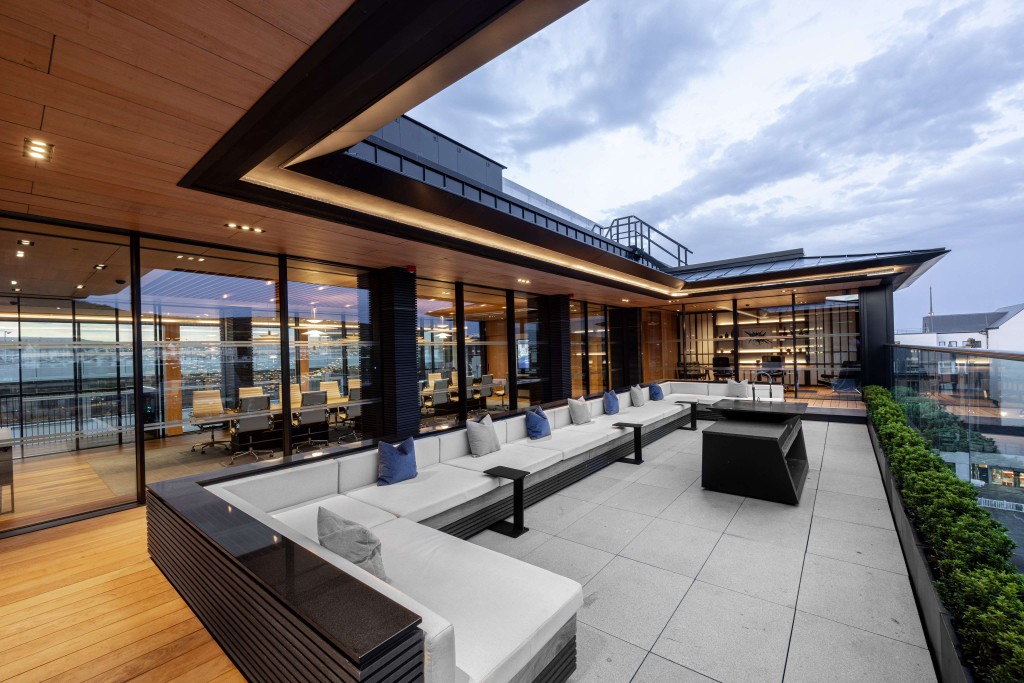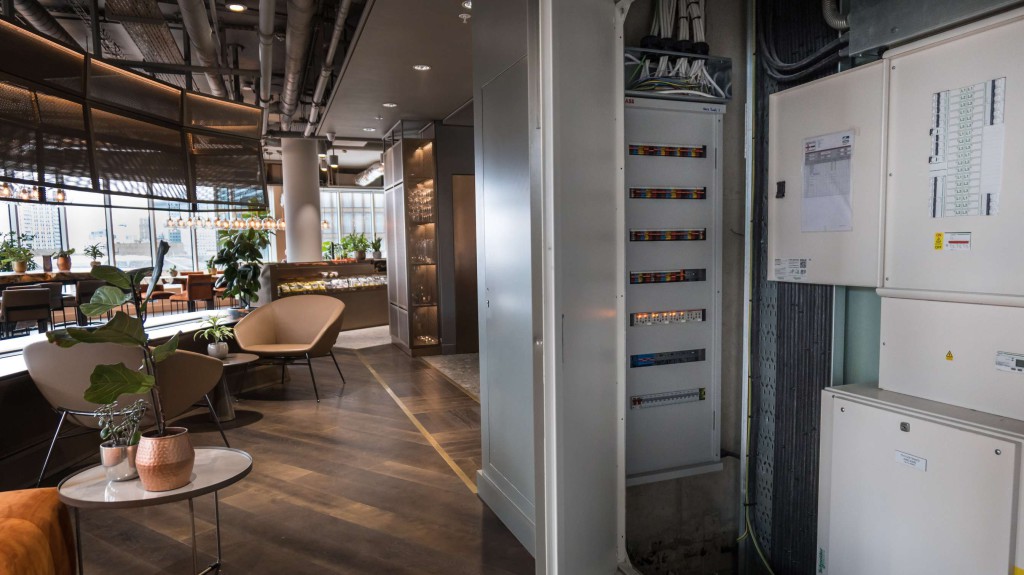The interoperable approach

Iain Gordon, KNX UK Chair, discusses the issue of sustainability and adaptability facing building services engineers in modern construction.
The current environment of rapid change – in legislation, building purpose, client requirements and sustainability goals – can be draining when planning a new project. Add to this the constant financial pressure to bring projects in on time and within budget and we find ourselves in an environment that is not conducive to the deployment of new technologies. We owe it to future generations to construct better buildings, with sustainably longer lifespans, capable of easily adapting to technological advancements, changing societal trends and occupant need. Creating truly sustainable buildings requires the ability to change the building to suit new circumstances without resorting to shell and core refurbishment every few years.
Many building services engineers are still unaware that choosing technology wisely can reduce labour costs, provide the technology needed for the current project and allow for change of use in the future. Giving clients this option is starting to become a game changer for those brave enough to break away from the way things have always been done.
Simple changes
It is easy to see the difference this approach makes. Buildings starting life for commercial use are changing to mixed use or residential with simple changes to facilitate this. Companies using KNX as the solution make this process simple, effective and budget sensitive.
Large public and commercial spaces, including government buildings, football stadia and international airports have embraced KNX technology because it is the
standard that makes everything work together. Any building, any system, anywhere in the world.
Whatever you want to achieve in a building or change over its lifespan can be done easily and without the need for major works.
- Want to integrate mechanical & electrical services with security in a single interface? – No problem
- Want to convert an office building into individual flats? – No problem
- Want to change a centralised control system to local control (or vice versa) – No problem
- Want to add in new technology to meet changing needs? – No problem
- Want to duplicate the same system over several sites – and monitor remotely? No problem
The choices and the capability to enable all of this into modern building control systems are already available, but engineers and specifiers need to be aware of the difference between choosing a proprietary system and integrating a bespoke but standards-adherent system that will continue to adapt.

Avoiding supply chain issues
Using the KNX global standard in your smart building projects can avoid supply chain issues, because you are no longer reliant on a single manufacturer for a compliant product. The same can be said for choice in functionality of different components. Late changes in specification from the architect or client can easily be accommodated, since a bespoke non-proprietary system can be easily adapted to whatever is required. Currently this technology is being installed in dwellings of all sizes, commercial developments and in energy conscious projects across the UK and Europe. But what if we could extend this use of technology to the mainstream? – National housebuilders, affordable housing projects, retail, hospitality, education and healthcare environments.
Bespoke, modular and adaptable technology for smart buildings would be as commonplace as radiators and light switches have been for the last 50 years. It’s time for building services to make some big changes in their understanding of the technology available. The technology is here, we are relying on you to deploy it.
Approved as an International Standard (ISO/IEC 14543–3) as well as a European Standard (CENELEC EN50090 and EN ISO 22510), US Standard (ANSI/ASHRAE 135) and Chinese Standard (GB/T 20965) – KNX is not a system or a single company – it is an open protocol and a worldwide standard that can be used to create bespoke smart building controls systems. Originally delivered via single pair low voltage cabling, there are now many RF, IoT solutions available where cabling is difficult to lay or a where a wireless version is preferred.
KNX can be the building management system (BMS) in a modern smart building or it can be used to link disparate systems together. Compatible with BACNet, Modbus, Trend, DALI, Matter, API, Wi-Fi, DMX – as well as proprietary systems such as SAVANT, Control4, Crestron and many more.
Interoperability is key to sustainability, profitability, adaptability, simplicity – why would you ever want to design an intelligent control system without it? The cornerstone of any KNX installation, field devices represent the essence of KNX: interoperability, vendor-independent configuration and commissioning, backwards compatibility. The options are endless; thermostats, temperature probes, enthalpy controllers, dew sensors, fan coil controllers, to mention just a few.
Gateways
Under certain conditions, gateways are a simplistic way to connect an existing system to the KNX installation. The connection is typically at ‘field-level’, so that the system acts as another device in the system. A good example might be air-conditioning units, which are normally interfaced to bring the user control to the KNX installation. Another example could be boilers, which can then be included in energy management strategies (for example).
More and more, HVAC manufacturers offer new ways to control their systems, like applications, which make a great user interface. The problem? They remain as a silo, without many opportunities to interact with the rest of the building.
KNX IoT overcomes this issue, making the data from KNX available to the IT world in a developer-friendly way. Thanks to this approach, the interoperability of KNX at field level is translated at the application level (over IP).
The UK is behind on adopting this interoperable approach but across Europe and the Far East, KNX technology is included in the syllabus of many schools, colleges and universities.
In conclusion, if you are specifying smart building controls it may be time to take a more sustainable interoperable approach. If you have estimators, designers or installers who are not yet familiar with KNX technology it is time to seriously look at upskilling your workforce. KNX UK is a trade association – tasked with raising awareness of the technology.







